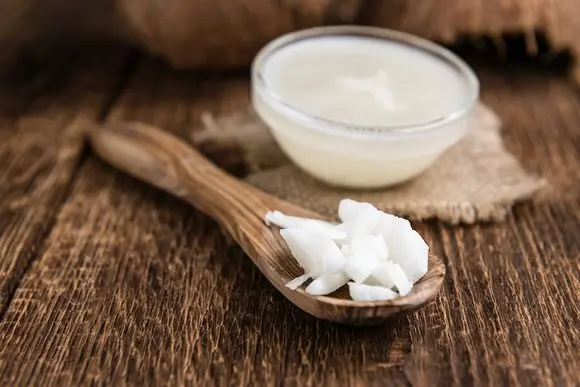Contents
Useful properties and application of field yarutka
Yarutka Description
Yarutka – an annual herbaceous plant 20–80 cm high. Its stems are straight or branched, the leaves are oblong, swept-toothed at the base, sessile. The flowers are white, four-petalled, collected in racemose inflorescences. The fruits of the plant are large oblong pods. Small furrowed seeds ripen in fruits.
Yarutka blooms from mid-spring to early autumn. Grass grows widely in the European part of Russia, in Western and Eastern Siberia, Central Asia, the Far East, and the Caucasus. As a weed, it is found in fields, meadows, along roads, in vegetable gardens, in the forest and forest-steppe zone.
Useful properties of yarutka
The young leaves of the plant are rich in vitamin C. They also contain flavonoids, saponins, and alkaloids. The seeds contain fatty and mustard oil, thioglycoside sinigrin. For medicinal purposes, the fruits and herbs of the plant are harvested. The fruits are harvested in August-September, grass – during flowering.
Before drying in well-ventilated rooms, the raw materials are laid out on fabric in a thin layer and thus dried. Store the finished product for no more than one year in a tightly closed container.
Yarutka application
Medications from yarutka have a wide spectrum of action and are distinguished by diuretic, diaphoretic, expectorant, antibacterial, hemostatic and wound healing effects. That is why this medicinal plant is actively used in traditional medicine. Herbal preparations are prescribed for the complex treatment of uterine cancer, inflammation of the ovaries, jaundice, scarlet fever, angina pectoris. Decoctions of yarutka seeds help with atherosclerosis, diabetes, inflammation of the eyes, and constipation.
In addition, the fresh juice of the plant removes warts well and heals wounds, preparations from the aerial part contribute to the removal of toxic substances from the body. And even earlier, gonorrhea and syphilis were treated with decoctions and infusions of yarutka, with their help they activated the menstrual cycle and restored potency.
Infusion: 15 g of the dry aerial part of the plant must be poured with 250 ml of boiling water, insisted for 4 hours in a sealed container, then strained. It is recommended to take the infusion 10-20 ml 5-6 times a day, every 2-2,5 hours.
Field yacht
This is an annual herbaceous plant with a straight low stem. The leaves are oblong, sessile, white small flowers are in racemose inflorescences. The fruits are round flattened pods. The field yaruta is widespread in the temperate zone of the Northern Hemisphere. This species is found almost everywhere: in the fields, along roadsides, in vegetable gardens. For medicinal and food purposes, the entire aerial part of the plant is used.
The collection of medicinal raw materials is carried out from May to August, dried in the usual way, spreading out in the air in the shade or in well-ventilated areas. Oil is extracted from the seeds of the field yarutka, which is used for food. Currently, official medicine is conducting research on the plant to obtain drugs for the treatment of atherosclerosis, eye inflammation and constipation.
In folk medicine, the herb is used mainly for the prevention and treatment of problems associated with the male and female genital organs. With the internal use of aqueous solutions of yarutka, they act as an anti-febrile, disinfectant, diuretic, expectorant.
Contraindications to the use of yarutka
It is not recommended to use yarutka with low blood pressure, hypersensitivity and individual intolerance to the active substances that make up the plant are also a contraindication.
It is strictly forbidden to take yarutka preparations in any form for pregnant women, as they act abortively.











Where get Yarutka Tea in U.S. ?